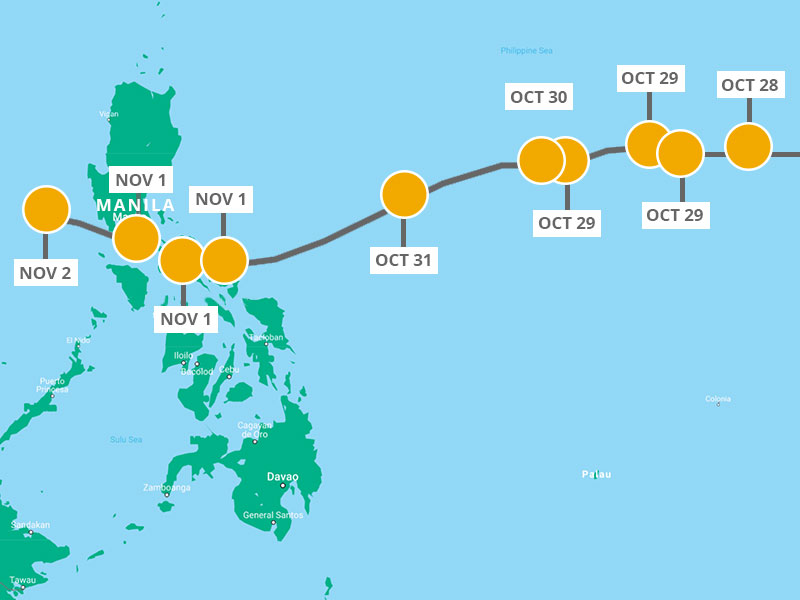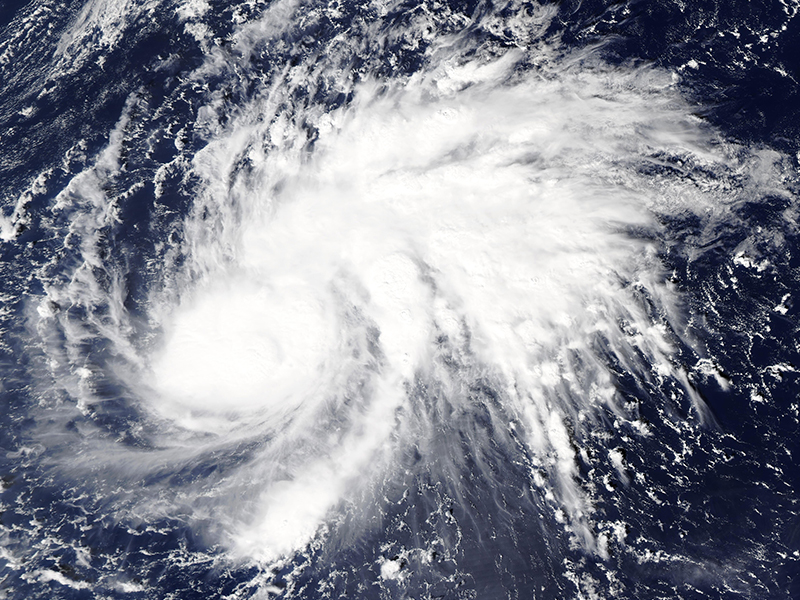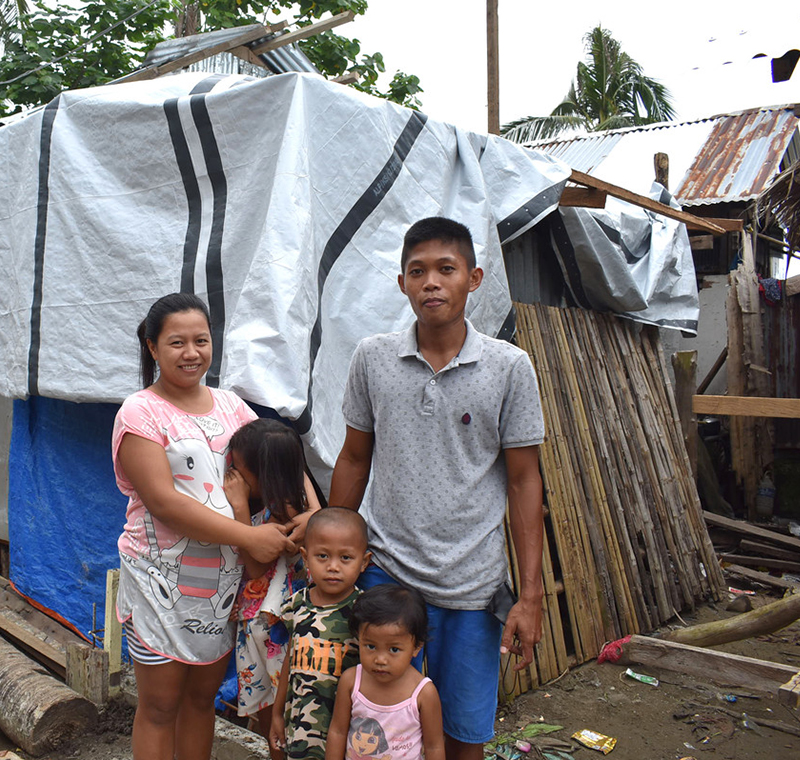How Climate Change Affects People Through Natural Disaster
Climate change poses a significant threat to humanity. It is a threat which can only be tackled with immediate global action.
Typhoon Goni, known locally as Rolly, has caused destruction, landslides and extensive flooding across northern areas of the Philippines.
Thousands of families have been evacuated, seeking shelter in potentially overcrowded spaces.
The disaster has ripped through the Philippines in the midst of a global pandemic, with the country currently recording the second-highest number of confirmed coronavirus infections and deaths in Southeast Asia, behind Indonesia.
This devastating typhoon is a stark reminder that disasters don’t stop for coronavirus.
Read on to find out facts about Super Typhoon Goni and how ShelterBox is helping.


Typhoon Goni made landfall on Catanduanes island on Sunday November 1, ripping off roofs, taking down power and damaging homes and buildings.
16 people are believed to have lost their lives, but the number is very likely to rise as reports come in. Around 2 million people were affected by Goni across northern areas of the Philippines, with nearly 1 million forced to evacuate their homes.
But coronavirus is making the situation even more complicated.
Communities who have evacuated are now facing the double threat of having nowhere to live but potentially over-crowded evacuation centres. It is extremely difficult for families to protect themselves from the deadly virus in these environments.

We are responding to Super Typhoon Goni, working to understand how we can help families who have lost their homes to the worst storm of the year.
We will be working with our local contacts and Rotarians to provide emergency shelter aid to communities that have been badly hit.
Coronavirus and travel restrictions within the country are proving to be challenging. But we have emergency shelter aid stored locally in our warehouse in Cebu, Philippines, ready to support communities that have been devastated by Goni.
We have already supported over 15,000 people in the Philippines this year after Typhoon Vongfong and the Taal volcano eruption left people without shelter.
We have also sent a small number of tarpaulins, ropes and fixings to Eversley Sanitorium, a public hospital in Cebu serving the poorest and most marginalised members of the community.
The Philippines is one of the world’s worst disaster-affected countries. We have responded to disasters in the Philippines more than any other country.
Warm ocean waters, low-lying coasts, poverty and geography help explain why the Philippines is so prone to natural disasters.
Located just above the equator, the Philippines faces the western Pacific without much else in the way to take the force of storms before they make landfall. Those warm, equatorial waters power about 20 typhoons a year.
In recent decades, significant numbers of people have been forced to live in risky, low-lying areas – havens for cheaper, temporary housing. The rapidly constructed housing and often inadequate evacuation plans mean that the local population is left vulnerable when disaster strikes. Existing houses are often unable to withstand extreme weather conditions.
On top of everything else, the country’s location on the Pacific Ring of Fire means it is prone to earthquakes, volcanic eruptions, tropical storms and typhoons.
Source: National Geographic
Climate change poses a significant threat to humanity. It is a threat which can only be tackled with immediate global action.
ShelterBox has always benefitted from a global network of partnerships, and those relationships are more important than ever in the era of coronavirus.
In the era of coronavirus, the challenges of transporting aid around the world are greater than ever. In this article, our Logistics Co-Lead Rachel Hall, explains how we get aid to disaster-affected communities.